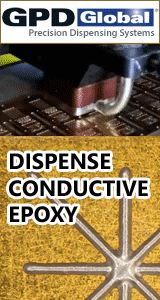Printed Circuit Board Assembly & PCB Design Forum
SMT electronics assembly manufacturing forum.
- SMTnet
- »
- Electronics Forum
- »
- reflow theta alignment
reflow theta alignment
![]()
![]() Hi everyone, this is my first time on this forum. I've onl...
- May 29, 1998
by
Hi everyone, this is my first time on this forum. I've onl...
- May 29, 1998
by
![]()
![]() Hi Jason!
I can probably find something documented f...
- May 29, 1998
by
Hi Jason!
I can probably find something documented f...
- May 29, 1998
by
![]()
![]() | Hi Jason!
| I can probably find something docume...
- May 29, 1998
by
| Hi Jason!
| I can probably find something docume...
- May 29, 1998
by
![]()
![]() Thanks for the advice, Steve. Hard-headed people in high-r...
- May 29, 1998
by
Thanks for the advice, Steve. Hard-headed people in high-r...
- May 29, 1998
by
![]()
![]() Whoo-doggies Jason, you said a mouthfull!! (GRIN) Anyways,...
- May 29, 1998
by
Whoo-doggies Jason, you said a mouthfull!! (GRIN) Anyways,...
- May 29, 1998
by
- SMTnet
- »
- Electronics Forum
- »
- reflow theta alignment







